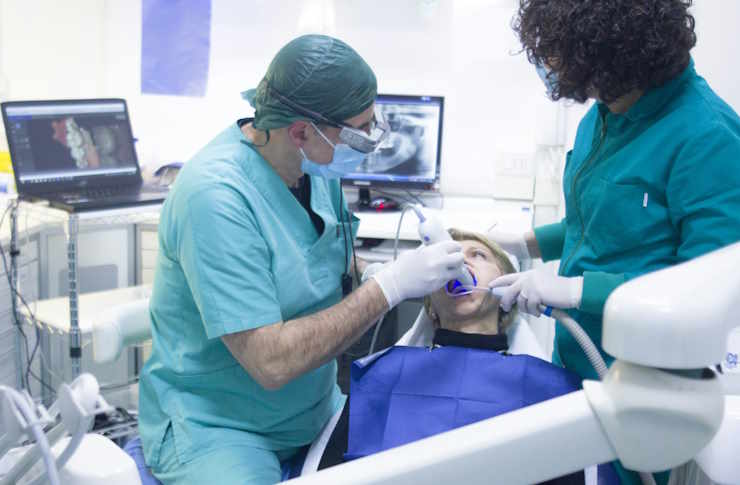Does gastric balloon really help to lose weight
Weight loss surgery alternatives have gained significant attention in recent years, with gastric balloons emerging as a non-surgical option for individuals struggling with obesity. This minimally invasive procedure involves placing a temporary balloon in the stomach to help reduce food intake and promote weight loss. Understanding how this treatment works, its effectiveness, and potential benefits can help individuals make informed decisions about their weight management journey.

Does gastric balloon really help to lose weight
The gastric balloon procedure has become increasingly popular among individuals seeking effective weight loss solutions without undergoing major surgery. Clinical studies demonstrate that patients typically lose 10-15% of their total body weight within six months of the procedure, making it a viable option for those with a BMI between 30-40.
What is a Gastric Balloon
A gastric balloon is a soft, silicone balloon that is temporarily placed in the stomach through an endoscopic procedure. This non-surgical device takes up space in the stomach, creating a feeling of fullness with smaller food portions. The balloon remains in place for approximately six months before being removed through another endoscopic procedure.
The procedure involves inserting a deflated balloon through the mouth and esophagus into the stomach using an endoscope. Once positioned correctly, the balloon is filled with sterile saline solution, typically containing 400-700ml of fluid. This process usually takes 20-30 minutes and is performed under mild sedation.
How Does the Gastric Balloon Work
The gastric balloon functions by occupying approximately one-third of the stomach’s volume, which significantly reduces the amount of food a person can consume before feeling full. This mechanical restriction helps patients develop healthier eating habits and portion control.
The balloon also affects gastric emptying, causing food to remain in the stomach longer and extending the feeling of satiety. Additionally, the presence of the balloon may influence hormonal signals related to hunger and fullness, including ghrelin and GLP-1, which play crucial roles in appetite regulation.
Patients typically experience reduced hunger and increased satisfaction with smaller meals, leading to a natural decrease in caloric intake. The temporary nature of the device encourages patients to establish sustainable lifestyle changes during the six-month period.
Benefits of Gastric Balloon for Weight Loss
The gastric balloon offers several advantages over traditional weight loss surgeries. As a non-surgical procedure, it carries lower risks and requires no permanent alterations to the digestive system. Patients can typically return to normal activities within a few days of the procedure.
Clinical evidence shows that gastric balloon patients experience significant improvements in obesity-related health conditions, including type 2 diabetes, high blood pressure, and sleep apnea. The procedure also serves as an effective bridge to surgery for severely obese patients who need to reduce their surgical risks.
The reversible nature of the treatment allows patients to test their commitment to lifestyle changes without permanent consequences. Most patients report improved quality of life, increased energy levels, and enhanced self-confidence following successful weight loss.
| Provider Type | Procedure Cost | Additional Fees | Total Estimation |
|---|---|---|---|
| Private Hospitals | Rp 45,000,000-75,000,000 | Rp 7,500,000-15,000,000 | Rp 52,500,000-90,000,000 |
| Specialized Clinics | Rp 37,500,000-60,000,000 | Rp 4,500,000-12,000,000 | Rp 42,000,000-72,000,000 |
| Medical Tourism | Rp 22,500,000-45,000,000 | Rp 3,000,000-9,000,000 | Rp 25,500,000-54,000,000 |
Prices, rates, or cost estimates mentioned in this article are based on the latest available information but may change over time. Independent research is advised before making financial decisions.
Success Rates and Effectiveness
Research indicates that gastric balloon procedures achieve successful weight loss outcomes in 80-90% of patients when combined with proper dietary counseling and lifestyle modifications. The average weight loss ranges from 20-50 pounds during the six-month period, with some patients achieving even greater results.
Long-term success depends heavily on the patient’s commitment to maintaining healthy eating habits and regular physical activity after balloon removal. Studies show that patients who participate in comprehensive support programs maintain 60-70% of their weight loss two years post-procedure.
Factors influencing success include initial BMI, age, gender, and adherence to post-procedure guidelines. Patients with strong support systems and clear weight loss goals tend to achieve better outcomes.
Potential Risks and Considerations
While generally safe, the gastric balloon procedure carries some risks including nausea, vomiting, and abdominal discomfort during the initial adjustment period. Rare but serious complications may include balloon deflation, gastric perforation, or intestinal obstruction.
Patients must commit to regular follow-up appointments and dietary modifications to maximize benefits and minimize risks. The procedure is not suitable for individuals with certain medical conditions, including previous gastric surgery, large hiatal hernias, or severe eating disorders.
Proper patient selection and experienced medical teams significantly reduce complication rates and improve overall outcomes.
The gastric balloon represents an effective intermediate option for weight loss, offering significant benefits for appropriately selected patients. Success depends on combining the mechanical effects of the balloon with comprehensive lifestyle changes and ongoing medical support. While not suitable for everyone, this procedure provides a valuable tool in the fight against obesity when used as part of a comprehensive weight management program.
This article is for informational purposes only and should not be considered medical advice. Please consult a qualified healthcare professional for personalized guidance and treatment.




